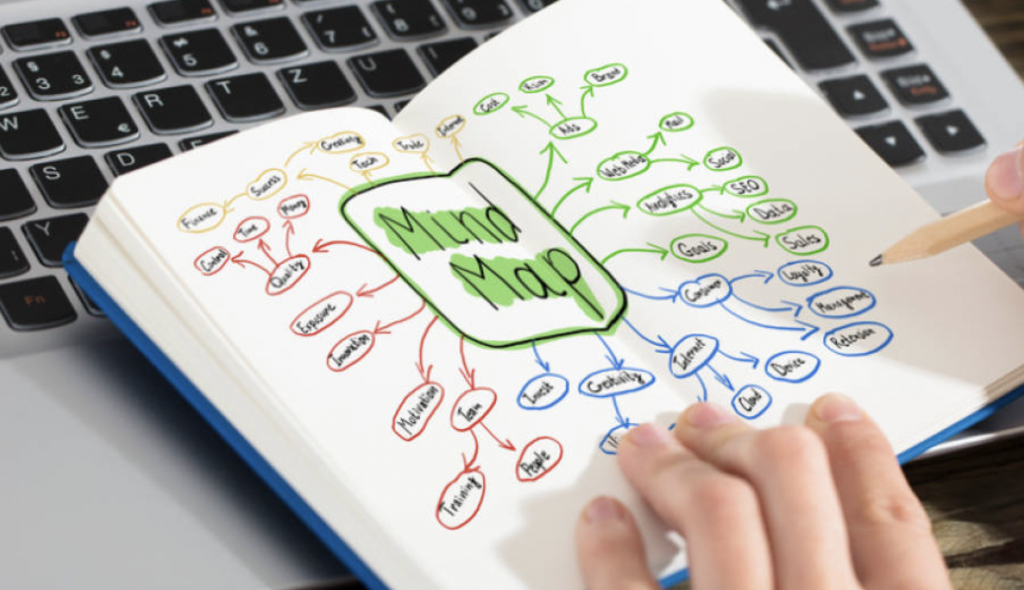Mind maps are a simple and practical resource used not only in education but in different areas, as they are an excellent tool for organizing and generating ideas. In the same way, they are very useful for studying and memorizing, so they also serve as a learning strategy. Today, finding a mind mapping app to help us create mind maps is easy. In this article we will explain some other advantages of mind maps and we will teach you how to make them.
What is a mental map?
A mind map is a graphic organizer that is used to reflect ideas that are related to a central theme, these ideas can be represented by words and images. In this way the information is condensed and organized visually, as key ideas radiate from the center, which favors understanding and memorization.
The technique for making these types of maps was developed by Tony Buzan, who for a long time conducted research on processes related to intelligence, learning, creativity and memory in humans.
Elements of mind maps
One of the main characteristics of mind maps is the flexibility for their elaboration, however there are a series of essential elements that must be taken into account, some of them are:
Theme or central idea: It is located in the center of the mind map, it can be a concept or image (or both).
Main ideas:
These are ideas that emerge from the central theme. Ideas that are generated from a main idea are called complementary.
Branches:
These are lines that are used to connect the central theme with the main and complementary ideas.
Groupings:
These are circles, rectangles or ovals that are used to frame or highlight a set of ideas that are related to each other.
Pictures, symbols and colors: Pictures, pictures and symbols are used to represent concepts, ideas or data; this together with the colors helps to visually highlight the information.
What are mind maps for?
Mind maps have a myriad of uses, for example:
– Carry out a brainstorming session individually or in a team.
-Summarize information and take notes.
– Study a topic or prepare for an exam.
– Generate and clarify ideas.
– Present information about a topic / project in a meeting or class.
Benefits of using mind maps
The benefits of using mind maps are varied, among them we can point out that:
They favor the generation of ideas and decision-making.
They improve concentration.
They are an excellent study technique.
They develop the ability to take notes.
They favor the retention of information.
They develop creativity.
They increase the capacity for analysis.
They help to optimize study time.
How to make a mind map?
Here is a step-by-step guide in which we explain how to make a mind map:
- Place the subject or title in the center of the sheet, to represent it you can use a word, phrase or image. (An image can be used in conjunction with a word or phrase).
- Insert the main ideas that emerge from the theme or central idea. These ideas should be synthesized in words, short sentences or pictures. It is recommended to do this starting at the top right and continuing in a clockwise direction.
- Add complementary ideas, which are derived from the main ideas.
- Connect the central theme with the main ideas and these with the complementary ones using branches or lines, so that the relationships between them are understood. It should be noted that, as the branches or lines diversify or move away from the center, their thickness and color diminishes.
- If necessary, phrases can be used in the lines to give a more complete meaning to the relationship between the ideas.
- After all, add images, illustrations, symbols, or geometric figures to help organize ideas, sequence concepts, and establish associative links or connections.

